Main Content
Chemistry Faculty
Our faculty are a unique blend of researchers, educators and professionals who are proven experts in their fields.
John Baluyut, Assistant Professor of Practice
Senetta Bancroft, Associate Professor
Research interests: Design and implementation of longitudinal, professional development programs to support STEM educators’ application of evidence-based pedagogical and mentorship practices that foster equitable K-16 STEM academic student outcomes. Design of original, standards-aligned, inquiry-based K-12 science instruction and assessment. Use and innovative critical theories to explain and displace longstanding disparities in achievement among various student communities in formal STEM learning settings. Innovations include the integration of critical race and LatCrit theories with other theoretical frameworks such as social constructivism, forms of capital, and fictive kinship.
View Full Bio
Pravas Deria, Associate Professor
Research Interest:
We are interested in the physical properties of self-assembled porous compositions relevant to light-driven chemistry and energy conversion. Our research aims to unveil the unique physicochemical behavior of molecular assemblies that are unattainable in the solution dissolved phase. The knowledge is used as a feed to design new compositions with improved photophysical and photochemical properties. Thus, our work expands organic synthesis, assembly chemistry, and characterization, along with numerous photophysical, electrochemical, and photoelectrochemical investigations. These include state-of-the-art time-resolved spectroscopic and electrochemical techniques. The results may address the global sustainable energy demand.
View Full Bio
Zhihua Du, Associate Professor
We study the structures and functions of biomacromolecules, such as proteins and RNAs, that participate in vital biological processes including RNA interference (RNAi), telomere maintenance, and antiviral innate immunity in mammalian cells. We employ a range of tools, including X-ray crystallography, NMR, and techniques of biochemistry, molecular & cellular biology, in our research. The goals of our research are two-fold: 1) to reveal the structural and mechanistic details of the biological pathways under investigation; 2) to develop therapeutic strategies based on manipulation of these pathways.
View Full Bio
Yong Gao, Professor
We design, synthesize and test novel carbon-based ionic materials for fuel cells, CO2 separation and other clean energy projects.
View Full Bio
Ignacio Garcia, Associate Professor of Practice
Qingfeng Ge, Director, Professor
Understanding complex systems at the molecular level is important but difficult using experiments alone. Computer simulations based on fundamental physical and chemical principles can complement experiments and provide new insights into the behavior of these systems. My research program is centered on the investigation of the molecular processes that govern materials processing and catalytic properties with applications in clean energy and sustainable development. State-of-the-art theoretical methods combined with molecular simulations are employed in our research.
View Full Bio
Boyd Goodson, Associate Dean, Professor
Current research interests of the Goodson Group: NMR and MRI enjoy wide applicability but suffer from poor detection sensitivity. For this reason, imaging and spectroscopy of low-concentration species—such as gases in lung spaces or metabolites in tissues—can be particularly challenging. To combat such problems, we are pursuing two “hyperpolarization” methods: (1) spin-exchange optical pumping (SEOP), a technique whereby high-power lasers are used to prepare hyperpolarized noble gases (primarily for enhanced biological imaging and spectroscopic applications); and (2) Signal Amplification by Reversible Exchange ("SABRE"), a chemical process where organometallic catalysts are used to transfer the high nuclear spin order of para-hydrogen to molecular agents for applications—including for ultimate use as metabolic MRI contrast agents to probe responses to treatment of various diseases.
View Full Bio
Yuqing Hou, Associate Director, Meyers Institute
Recent Publications and Patents
1. Chen, X.; Hou, Y.; Wang, H.; Cao, Y.; He, J. Facile Deposition of Pd Nanoparticles on Carbon Nanotube Microparticles and Their Catalytic Activity for Suzuki Coupling Reactions.J. Phys. Chem. C. 2008, 112, 8172-8176.
2. Zhu, J.; Hou, Y.; Feng, Y.; Shoeib, M.; Harner, T. Identification and Determination of Hexachlorocyclopentadienyl-Dibromocyclooctane (HCDBCO) in Residential Indoor Air and Dust: A Previously Unreported Halogenated Flame Retardant in the Environment. Environmental Science & Technology, 2008, 42, 386-391.
3. Davis, Jeremy E.; Hou, Yuqing; Meyers, Cal Y.; Banz, William J. Potential clinical applications of (-), (+) and (± )-Z-bisdehydrodoisynolic acids in metabolic disorders. Recent Patents on Endocrine, Metabolic & Immune Drug Discovery 2009, 3, 173-178.
View Full Bio
Gary Kinsel, Professor
Current research interests of the Kinsel Group include:
The synthesis and optimization of Matrix-Assisted Laser/Desorption Ionization (MALDI) mass spectrometry based bioselective sensors for the discovery of novel cellular biomarkers.
The investigation of laser initiated donor to biomolecule intracluster proton transfer for the elucidation of the mechanism of MALDI analyte ionization.
View Full Bio
Mary Kinsel, Associate Professor of Practice, Director Mass Spectrometry Facility
Dr. Mary Kinsel earned her PhD. in Analytical Chemistry under the instruction of Professor David H. Russell at Texas A&M University in College Station, Texas. She has 26 years of industrial and academic experience in the application of mass spectrometry to the characterization of biological samples.
View Full Bio
Punit Kohli, Professor
We focus on the design, synthesis, characterization and applications of nanoscale materials functionalized with (bio)chemical molecules/polymers. We are particularly interested in the fabrication of biosensors based on fluorescence resonance energy transfer mechanism;self- and forced assembly of nanomaterials; template-synthesis of novel nanotubes and nanowires; and controlling and probing nanoscale environments inside of nanotubes.
View Full Bio
Michael Lydy, Adjunct Professor
Reseach keywords: Toxicology and Analytical Chemistry
The major research foci of the Lydy laboratory include evaluating the fate and effects of agrochemicals, studying the effects of multiple stressors on aquatic and terrestrial ecosystems, and developing a better understanding of the chemical and biological factors affecting toxicity, bioavailability
View Full Bio
Matt McCarroll, Professor
Research in the McCarroll Group involves the application of analytical chemistry to solve complex chemical problems with an emphasis in the area of molecular spectroscopy. Current investigations include systems involving molecular and chiral recognition. We also have an interest in the development of fluorescent sensors and pseudostationary phases for use in micellar capillary electrophoresis (MCE). The primary techniques used in our laboratory include steady-state and time-resolved (ps) fluorescence spectroscopy, capillary electrophoresis and fluorescence polarization.
Dr. McCarroll is the founding director of the Fermentation Science Institute.
View Full Bio
Sean Moran, Associate Professor
Use of infrared (2D IR) spectroscopy, protein semisynthesis and site-specific labeling techniques to:
1. Examine the structures and physical properties of β-sheet rich biological materials and use this information in biomaterials design.
2. Investigate the functional roles of fast (fs-ps) vibrational dynamics in the functions of photoactive proteins, electron transfer proteins and enzymes.
View Full Bio
Kyle Plunkett, Professor, Vice Chair
Research in the Plunkett group utilizes self-assembly motifs and the tools of synthetic and physical chemistry to address problems at the interface of chemistry and materials science. Our target molecules are 1) functionalizable cyclopenta-fused polycyclic aromatic hydrocarbons (CP-PAHs) that can be utilized as acceptor materials, 2) conjugated polymers that adopt well-defined nanostructures, and 3) smart surfaces for biomacromolecule immobilization.
View Full Bio
Divya Prakash, Assistant Professor
Area of interests
My group employs an interdisciplinary approach to examine processes that have a significant impact on the global carbon cycle, alternative energy, and biomedicine. We use tools from chemistry, biochemistry, microbiology, molecular biology, transient state kinetics, spectroscopy, and biophysics to develop a molecular understanding of the proteins involved in electron transport coupled with energy conservation and stress response in anaerobic microbes. Our lab focuses on three major areas: (i) understanding the microbial metabolism of methane formation and oxidation; (ii) Developing probiotics (archaebiotics) to combat cardiovascular disease by preventing the accumulation of trimethylamine (TMA) in the human gut by investigating the biochemistry and physiology of human-associated methanogens; (ii) Define the energy metabolism of bile acid utilizing, bacteremia causing, and colon and liver cancer-associated anaerobic gut bacteria Eggerthella lenta, under different reducing environments, focusing on characterizing the membrane-bound energy-yielding Rnf complex to target for the drug development.
View Full Bio
Mohtashim Shamsi, Associate Professor
My research focus encompasses the interfaces between electroanalysis, sensing/biosensing and microfluidics.
View Full Bio
Kevin Smith, Senior Lecturer
Sheryl Tucker, Professor
Research Emphasis
Analytical; Molecular Spectroscopy; Chemical Analysis; Environmental; Organized Media
View Full Bio

Lichang Wang, Professor, Director of Graduate Studies
The Wang research group is currently interested in: (1) the study of electron excitation and transfer processes for solar cell materials, photodynamic therapy photosensitizers, fluorescence sensors, and other optoelectronic devices; (2) the study of transition metal nanoparticles to understand their catalytic activities for oxygen reduction reaction, hydrogen production from methane and ethanol, and complete oxidation of ethanol as well as their formation and toxicity; (3) the assessment of various functionals in Density Functional Theory (DFT) in describing accurately electronic and optical properties of materials and the development of pragmatic techniques to improve the accuracy of DFT in describing electron excitation processes.
View Full Bio
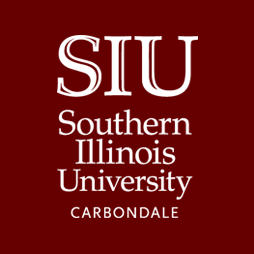



 Pulliam Hall 301 B
Pulliam Hall 301 B 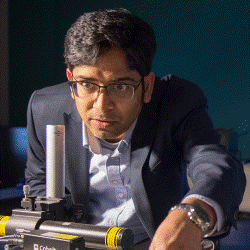 618-453-6459
618-453-6459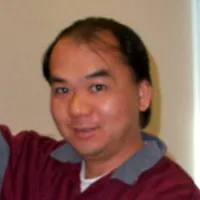 618-453-6423
618-453-6423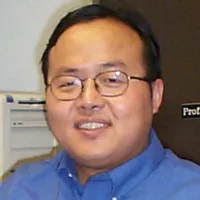 618-453-4904
618-453-4904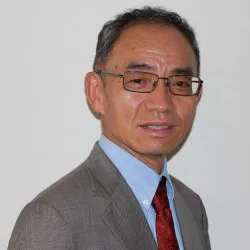 618-453-6406
618-453-6406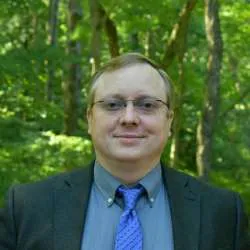 618-453-7177
618-453-7177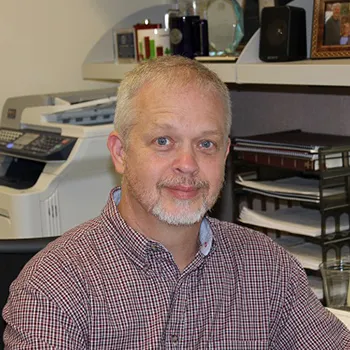 618-453-6482
618-453-6482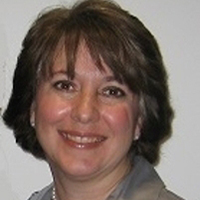 Neckers 110 A
Neckers 110 A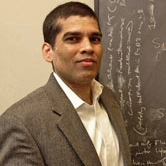
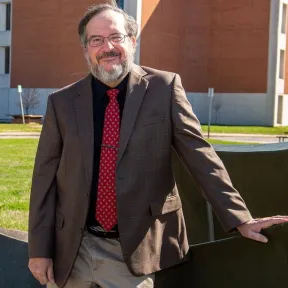 Life Science II 179
Life Science II 179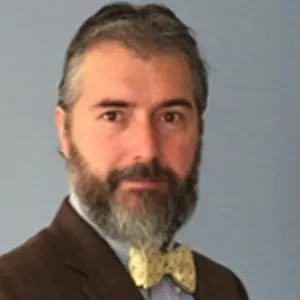 618-453-6475
618-453-6475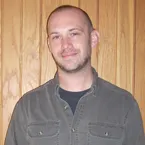 618-453-6545
618-453-6545 618-453-2758
618-453-2758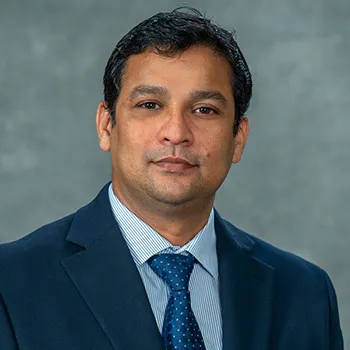 618-453-6481
618-453-6481 618-453-6461
618-453-6461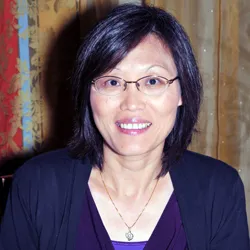 618-453-6476
618-453-6476